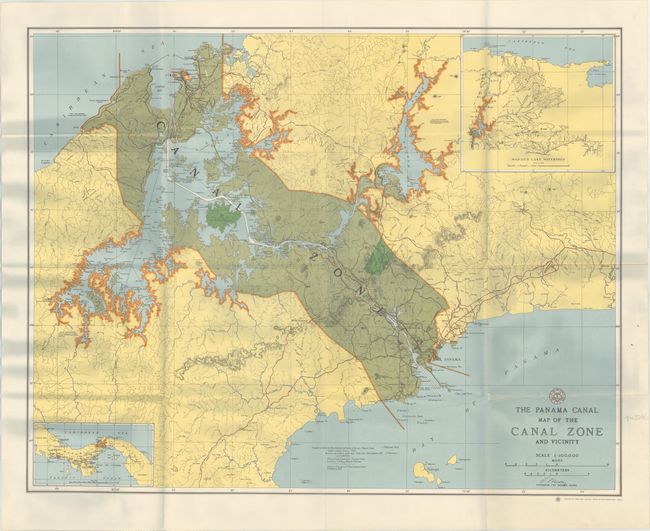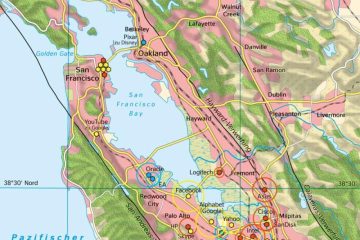Understanding the Impact of the Panama Canal on Global Trade

Introduction
The Panama Canal, a crucial waterway connecting the Atlantic and Pacific Oceans, has been instrumental in shaping global maritime trade since its completion in 1914. Its significance has only increased in recent years as global trade continues to evolve. Understanding the operations, challenges, and innovations associated with the canal is essential for grasping its role in today’s economy.
Current State of the Panama Canal
As of October 2023, the Panama Canal Authority (ACP) has made substantial improvements to the canal’s capacity to accommodate larger vessels, known as neo-Panamax ships. Recent upgrades to the locks have allowed for increased efficiency, handling about 14,000 twenty-foot equivalent units (TEUs) per vessel, compared to the 5,000 TEUs that could be accommodated prior to the expansion completed in 2016. This has established the canal as a critical chokepoint for global shipping.
Environmental Considerations
With increased transits through the canal, environmental concerns have risen. The ACP is actively working on strategies to mitigate the environmental impact of shipping traffic. These initiatives include implementing sustainable practices and investing in green technologies to manage the ecological footprint of the canal operations. The ongoing efforts highlight the need for a balance between economic benefits and ecological preservation.
Recent Challenges and Future Outlook
Despite its successes, the Panama Canal faces several challenges. Recent drought conditions have reduced water levels, impacting the ability to accommodate large vessels. As a solution, the ACP is exploring various water management techniques to ensure adequate water supply during adverse weather conditions. Furthermore, geopolitical tensions and disruptions in global trade routes continue to challenge the canal’s operational stability. However, experts remain optimistic about the canal’s future, as new trade agreements and partnerships are expected to enhance its strategic importance.
Conclusion
The Panama Canal remains a vital artery for international trade, facilitating billions of dollars in commerce each year. Its ongoing expansion and modernisation reflect its adaptability in the face of global trade shifts. As environmental concerns grow and challenges arise, the ACP’s proactive measures will play a crucial role in ensuring that this historical waterway continues to thrive in a changing world. For businesses and traders, keeping an eye on the developments at the Panama Canal will be essential, as its operational state directly impacts shipping routes and costs worldwide.









